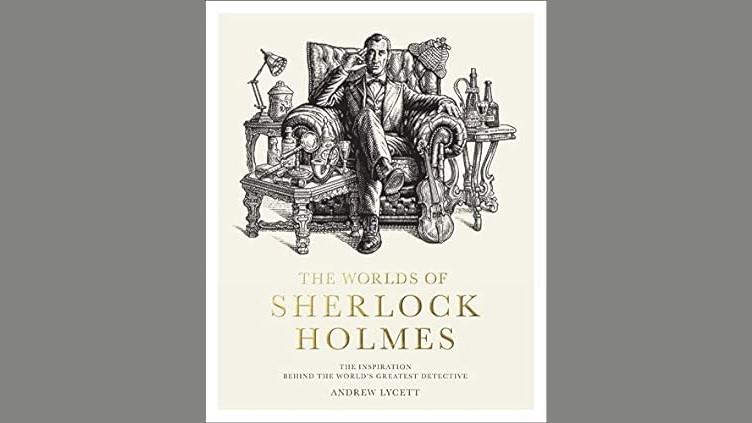Possibly more than any other, Sherlock Holmes seems to be the one fictional character people try to understand on a nonfiction level. This is the result of the nearly perfect character that strives for justice and thrives on the thrill of the chase. But this result was also fueled by the era of Sherlock Holmes’s creation.
Sir Arthur Conan Doyle created the world’s only consulting detective during the height of the Victorian era―an era of industrial might, scientific achievements, extravagant wealth, political intrigues, and new techniques in crime solving. Conan Doyle was immersed in this world, or more properly, these worlds. According to Andrew Lycett, the author of the new book “The Worlds of Sherlock Holmes: The Inspiration Behind the World’s Greatest Detective,” the famous fictional character “drew on the lived experiences of his begetter―Arthur Conan Doyle.”






